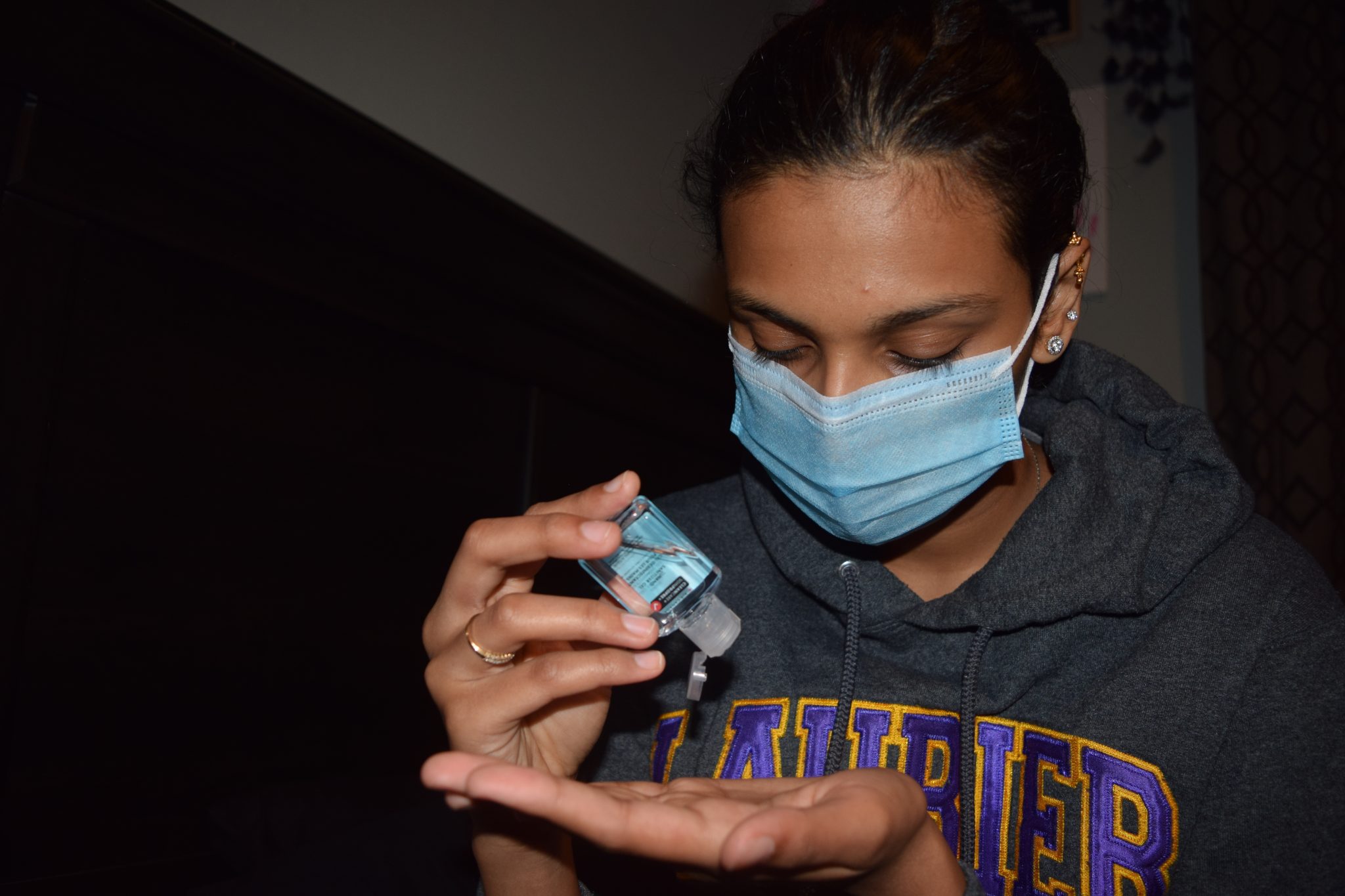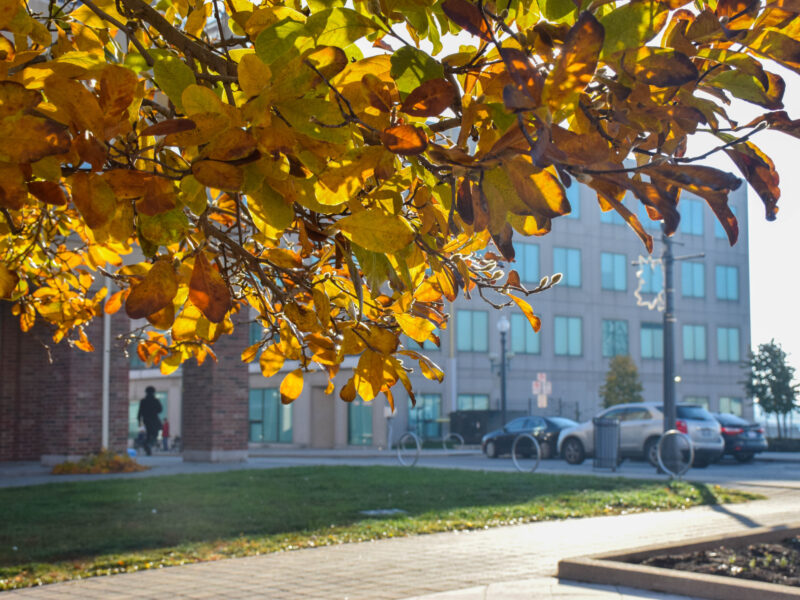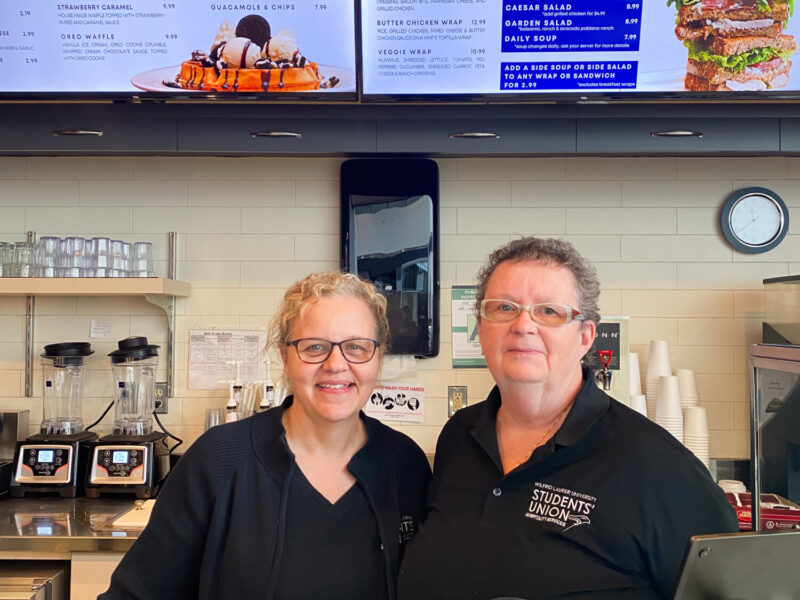PHOTO BY TEJAS SINGH / THE SPUTNIK PHOTOGRAPHY
On Sept. 28, the Premier of Ontario, Doug Ford, declared that Ontario had officially entered the second wave of the COVID-19 pandemic.
On Oct. 13, Wilfrid Laurier University’s Waterloo campus announced that two floors of a residence building would be going into lockdown due to a COVID-19 outbreak.
There are a variety of reasons as to why the second wave of COVID-19 has been spreading relatively quickly through young people. They either work jobs to pay for monthly expenses, choose to visit family in different cities, or simply like to get out of the house to destress.
These factors can make it difficult for a student to socially distance as much as possible, and thus lead to an increase in COVID-19 cases among this demographic.
In addition, many people have begun to develop “social bubbles”, which allow individuals to expand the number of people they see regularly, in a safer way. Social bubbles typically include the members of one’s household, as well as a small number of friends and/or family members.
While this method works well when new cases are low, social bubbles have proved to be difficult to maintain safely during a spike in cases.
University students are “one of the most social age groups” said Dr. Todd Coleman, assistant professor for the department of health sciences at Wilfrid Laurier’s Waterloo campus.
This demographic is more likely to have higher numbers of social contacts on a day-to-day basis, than individuals in other age groups.
Seeing as COVID-19 is spread primarily through close contact with other individuals, reducing the number of individuals one sees on a daily basis is vital to limiting transmission, Coleman explains.
Since university students are more likely to see more people on a regular basis, younger individuals have been shown to be more likely to have mild or asymptomatic manifestations of COVID-19. Students who are positive are more likely to unknowingly pass the virus on to more people.
Considering many students are now on campus during this second wave, there is an added emphasis on how young people can limit the spread of COVID-19, even as they try to reconnect with their peers.
Laurier Brantford has been trying to do their part in stopping the spread through young people with a variety of measures.
“We’ve really been listening to public health in really all that we do,” said Adam Lawrence, Dean of Students for the Brantford Campus.
He explains that student safety is the number one priority for the campus. Everyone wants a return to some sort of normal, but that can only be done once it is safe.
In the meantime, the university has reopened the study spaces in One Market and the Student Centre, with enhanced safety protocols. Before going to a study space, students must first reserve a time and complete a safety screening. While at the study space, masks must be worn and working spaces must be disinfected.
When deciding how to reopen these spaces, the university put a lot of thought into how to “create the safest environment possible for students, staff, and faculty, while also delivering the high-level academic experience,” said Lawrence.
Despite this, every single person must follow public health guidelines in order for these safety protocols to be effective. Even though everyone has different reasons for why social distancing may be difficult for them such as having a job, family in different cities, or being restless after being inside for long, it is so important now more than ever that everyone does their part to prevent the spread of COVID-19.
Each and every person has their part to play in this pandemic. By staying home, washing your hands and wearing a mask, you can help stop the spread of COVID-19. Although young people are less likely to experience severe symptoms, their impact on the spread of this virus is still significant.
Students should “think very clearly about whether or not a certain social interaction is entirely necessary,” said Dr. Coleman.




